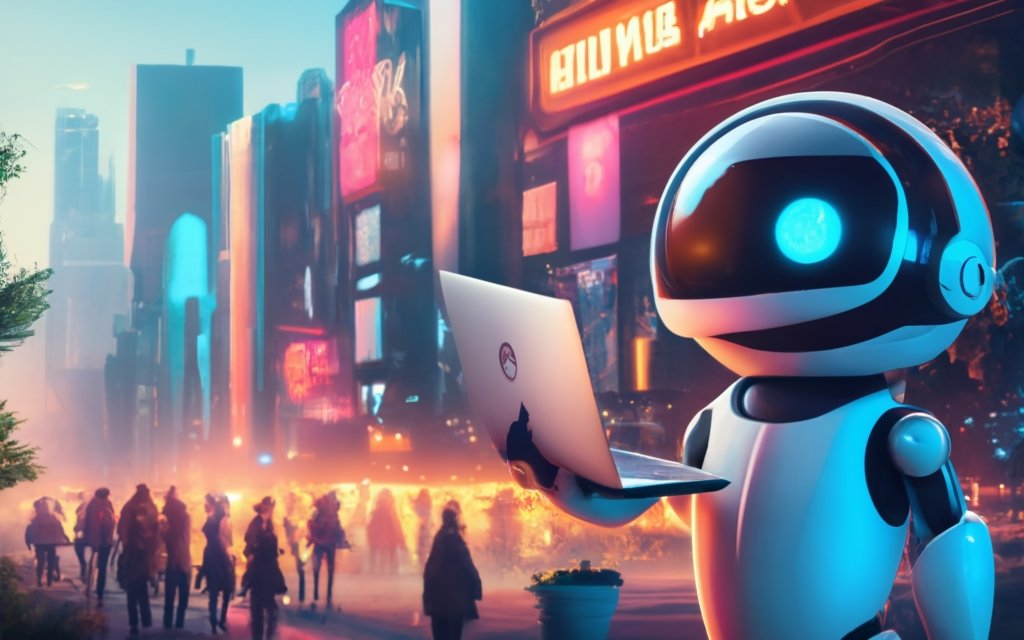
In the near future, AI teachers like Pixie from , and many others are poised to revolutionize the . They promise to supercharge mundane coding tasks and plane autonomously build full-fledged software frameworks. However, their wide capabilities bring into question the future role and relevance of human developers.
As these AI teachers protract to proliferate, their efficiency and speed could potentially diminish the unique value human developers bring to the table. The rapid rise of AI in coding could yo-yo not just the day-to-day tasks of developers but moreover have long-term implications for job markets and educational systems that prepare individuals for tech roles. raises two key challenges with AI.
The first, tabbed the ‘Orthogonality Thesis,’ suggests that an AI can be very smart but not necessarily share human goals. The second, known as the ‘Value Loading Problem,’ highlights how difficult it is to teach an AI to have human values. Both these ideas feed into a increasingly significant issue, the ‘Problem of Control,’ which concerns the challenges of keeping these increasingly smart AIs under human control.
If not properly guided, these AI teachers could operate in ways that are misaligned with human objectives or ethics. These concerns magnify the existing difficulties in powerfully directing such powerful entities.
The Future of Software Engineering with AI Agents
Despite these challenges, the unabated launch of new AI teachers offers an unexpected silver lining. developers now squatter a compelling need to hoist their skillsets and innovate like never before. In a world where AI teachers are rolled out by the thousands daily, the accent on humans shifts towards nature that AI can’t replicate—such as creative problem-solving, upstanding considerations, and a nuanced understanding of human needs.
Rather than viewing the rise of AI as a threat, this could be a seminal moment for human ingenuity to flourish. By focusing on our unique human strengths, we might not just coexist with AI but synergistically interreact to create a future that amplifies the weightier of both worlds. This sense of urgency is heightened by the exponential growth in technology, captured by Ray Kurzweil’s “Law of Progressive Returns.”
- Biological Evolution
- Simple forms to Ramified forms: Billions of years
- Complex forms to Humanoids: Hundreds of millions of years
- Cultural Evolution
- Hunter-gatherers to Agricultural societies: Thousands of years
- Agricultural societies to Industrial societies: A few centuries
- Language Evolution
- Pictographic languages to Alphabetic languages: Thousands of years
- Alphabetic languages to Digital languages (internet): Decades
- Technology Evolution
- Walking to Horse Riding: Thousands of years
- Horse Riding to Cars: A few centuries
- Information Technology
- Mainframe computers to Personal computers: Decades
- Personal computers to Smartphones: Less than a decade
- Genetic and Biomedical Technology
- Early DNA sequencing to First well-constructed human genome: Decades
- First well-constructed human genome to Rapid and affordable genome sequencing: Few years
- AI in Natural Language Processing
- 1.5 billion parameters (GPT-2, 2019) to 175 billion parameters (GPT-3, 2020): Increased by increasingly than 100 times in just one year
- AI in Image Recognition
- Error rates fell from whilom 25% (2011) to unelevated 3% (2017): Decreasing errors by increasingly than eight times in six years
- AI in Game Playing
- From human-trained AI winning Go championship to AI teaching itself to master Go, chess, and shogi (AlphaZero, 2017): Significant jump in voluntary learning worthiness in just one year
Theintensifies the urgency, indicating that AI advancements will not only protract but accelerate, drastically shortening our time to transmute and innovate. The idea is simple: advancements aren’t linear, but slide over time.
For instance, simple life forms took billions of years to evolve into ramified ones, but only a fraction of that time to go from ramified forms to humanoids. This principle extends to cultural and technological changes, like the speed at which we moved from mainframe computers to smartphones. Such rapid progress reduces our time to adapt, echoing human developers’ need to innovate and transmute swiftly. The progressive pace not only adds weight to the importance of focusing on our irreplaceable human nature but moreover amplifies the urgency of preparing for a future dominated by intelligent machines.
The “Law of Progressive Returns” not only predicts rapid advancements in AI capabilities, but moreover suggests a future where AI becomes an integral part of scientific discovery and originative creation. Imagine an AI wage-earner that could autonomously diamond new algorithms, test them, and plane patent them surpassing a human developer could conceptualize the idea. Or an AI that could write ramified music compositions or groundbreaking literature, challenging the very essence of human creativity.
This leap could redefine the human-AI relationship. Humans might transition from stuff ‘creators’ to ‘curators,’ focusing on guiding AI-generated ideas and innovations through an upstanding and societal lens. Our role may shift towards ensuring that AI-derived innovations are salubrious and safe, heightening the importance of upstanding decision-making and oversight skills.
Yet, there’s moreover the concept of where AI’s skills surpass human intelligence to an extent where it becomes unfathomable to us. If this occurs, our focus will pivot from leveraging AI as a tool to preparing for an existence where humans are not the most intelligent beings. This phase, while theoretical, imposes urgency on humanity to establish an upstanding framework that ensures AI’s goals are aligned with ours surpassing they wilt too wide to control.
This potential shift in the dynamics of intelligence adds flipside layer of complexity to the issue. It underlines the necessity for human tensility and foresight, expressly when the timeline for such dramatic changes remains uncertain.
So, we squatter a paradox: AI’s rapid urging could either wilt humanity’s greatest wive in achieving unimaginable progress or its biggest existential challenge. The key is in how we, as a species, prepare for and navigate this rapidly unescapable future.
Featured Image Credit: Provided by the Author; Pexels; Thank you!





